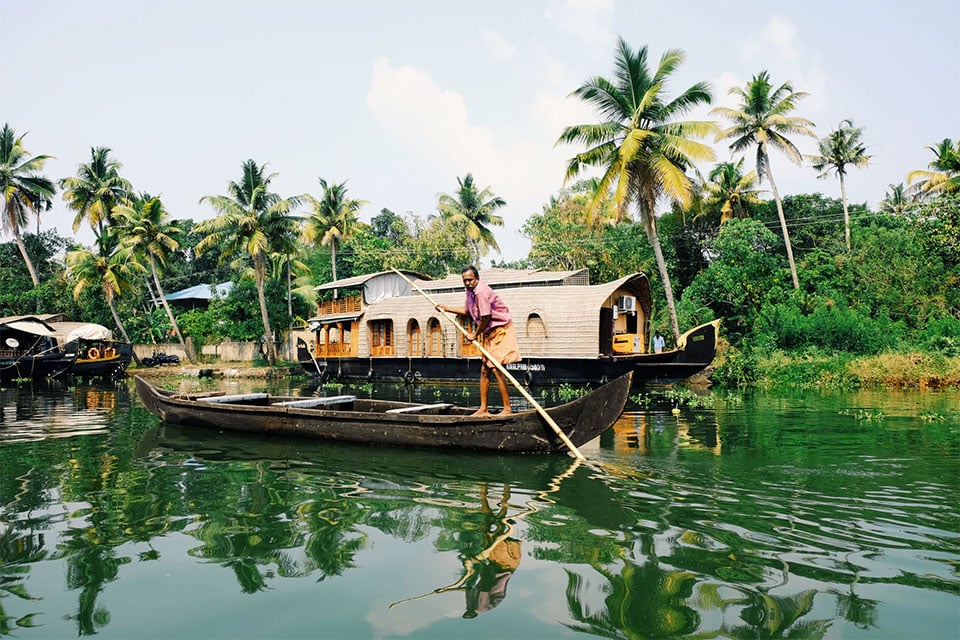Handwriting and Spellings
Learning Objective: To read quickly and accurately, words that have alternative sounds.
Again, I have done the date incorrectly. Remember to put May instead of April. Sorry!
English
Learning Objective: (Reading) To explain why a character might do certain things.
Listen to me telling the story and follow along with the words and illustrations.
New words:
- fury-wild and angry The child threw his toys in fury.
- sapling- a young tree with a slim trunk The sapling bent in the wind.




Pattan has a big problem.
How will he take all of the creatures with him?
Can you solve Pattan’s problem?
Write a note or a letter to Pattan telling him what he should do.






















